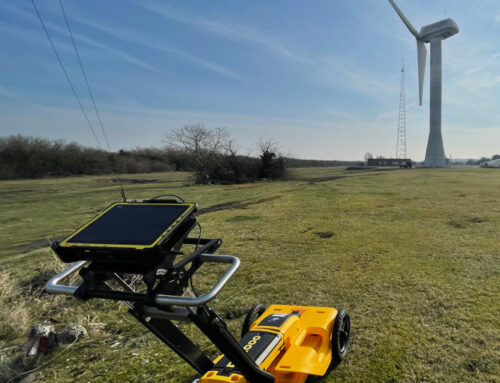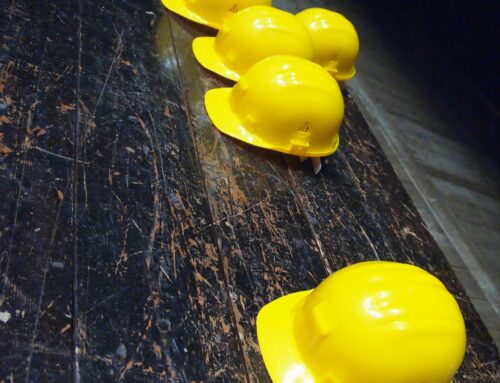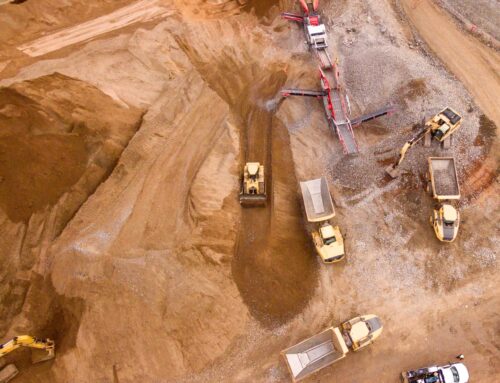Before you begin developing and building on a site, it is vital you get the soil tested. Soil testing for new homes is needed to determine the composition of the soil and if it can properly support a foundation. It’s also normally a necessary part of getting the project signed off by building control and your warranty/insurance company. If soil testing is not carried out it can result in weak building foundations where the only fix is a costly foundation repair.
So, what are the different types of soil tests? There are dozens of specific tests on soil to find out its various qualities such as water content and compression characteristics. Below we’ve gone into detail on those that are most commonly carried out before any construction takes place.
Standard Penetration Testing (SPT)
This is the most fundamental of the testing. It gives us an estimation of how much weight the soil can take at a given depth. These are carried out every 1m using our drilling rig. Essentially, it counts how many times a rod is hit into the ground to move a certain distance. From this, the bearing capacity can be estimated. Coupled with moisture content, water presence and plasticity; this can allow us to give you a custom foundation solution.
Moisture Content Test
As its name suggests, a Moisture Content Test determines the amount of water content in the soil. The degree of compaction of the soil largely depends upon the quantity of moisture in it, the more moisture the less compact the soil becomes. There are several methods to determine the amount of moisture present in soil, however, the most used is the Oven Drying Method. In this method a sample of the soil is taken, weighed and put in an oven to be dried. After 24 hours the soil is taken out and weighed again. The difference between the two weights is noted as the moisture content of the soil.
Atterberg Limits Tests
Atterberg provided three limits that show the properties of fine-grained soil at different conditions to measure the critical water content of the soil.
- Liquid Limit – The liquid limit of soil is the minimum water content at which the soil is still in a liquid state but has a small shearing strength against the flow.
- Plastic Limit – The plastic limit test is a laboratory test internationally used to help identify or classify soils into a particular group.
- Shrinkage Limit – The shrinkage limit test is useful for indicating how much volume change can occur with changes in the water content.
Conducting these tests is extremely useful for both foundation design and geotechnical recommendations.
Density of Soil
The weight of soil particles in a sample of a given volume is known as the dry density of soil. The Dry Density Test is about voids or open spaces within the soil particles. For example, clay has very few voids when compared to sand which is generally quite porous. Based on values of dry density, soil is classified into dense, medium dense and loose categories.
Conclusion
Not sure what type of soil investigation you need? Contact us for a free consultation and a no-obligation quote.




